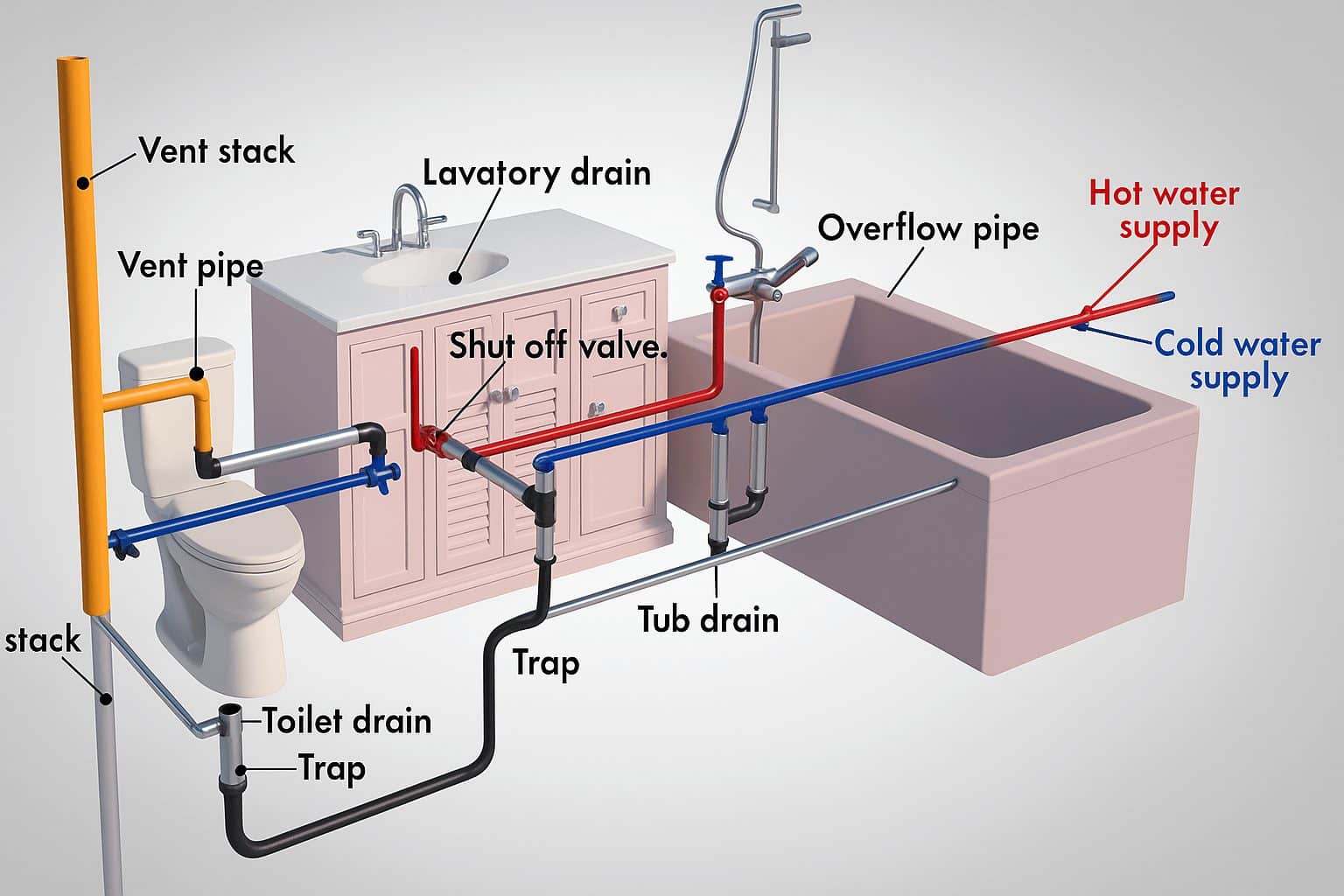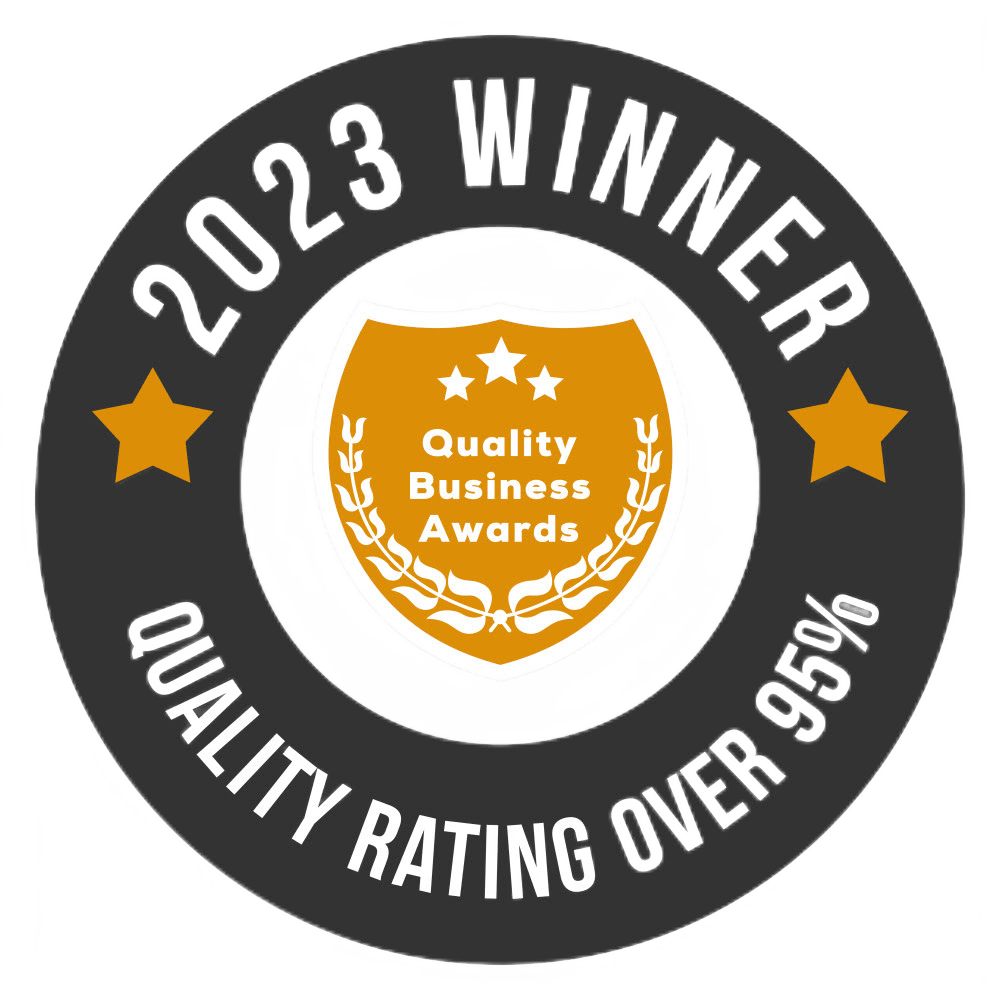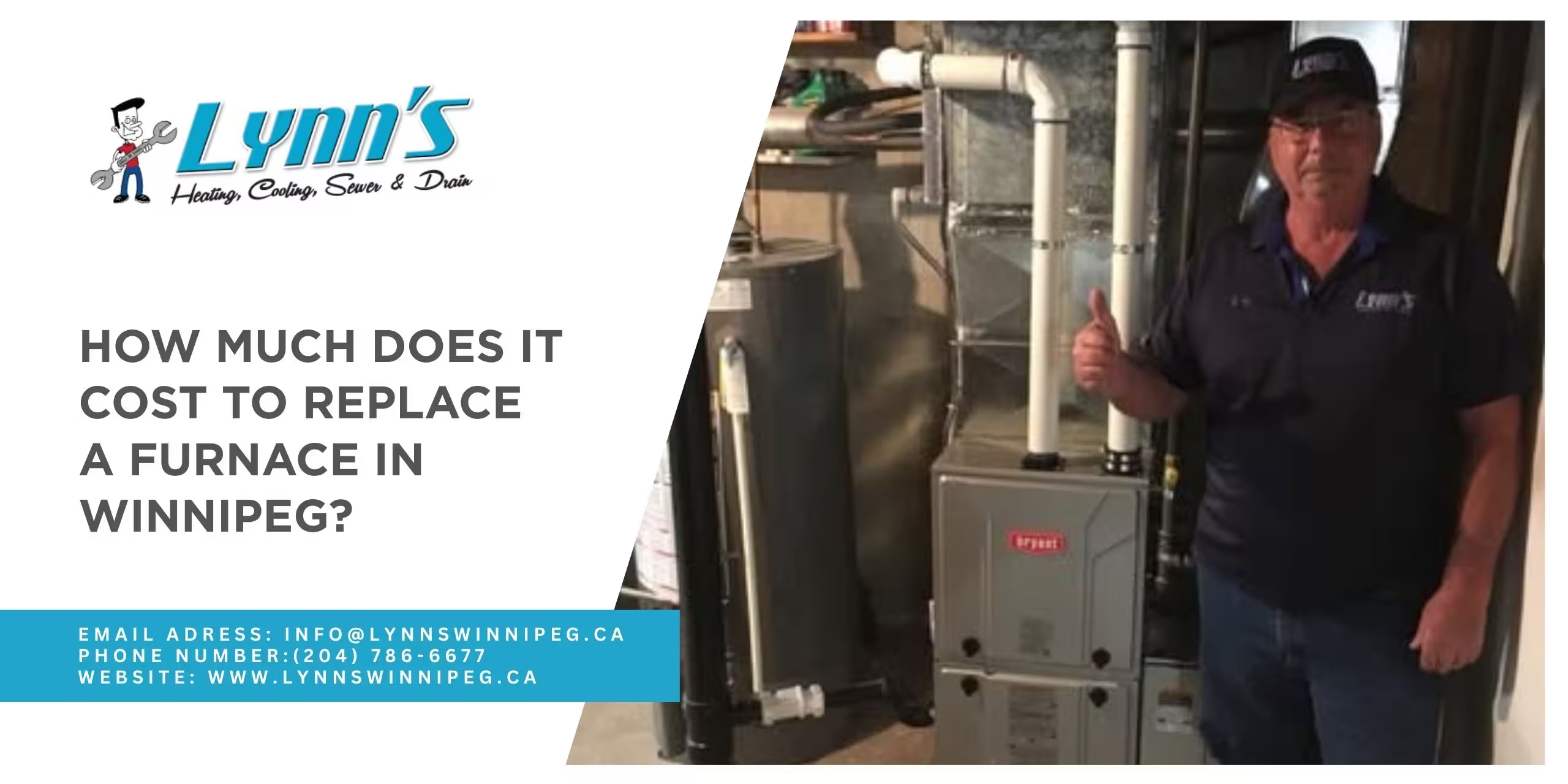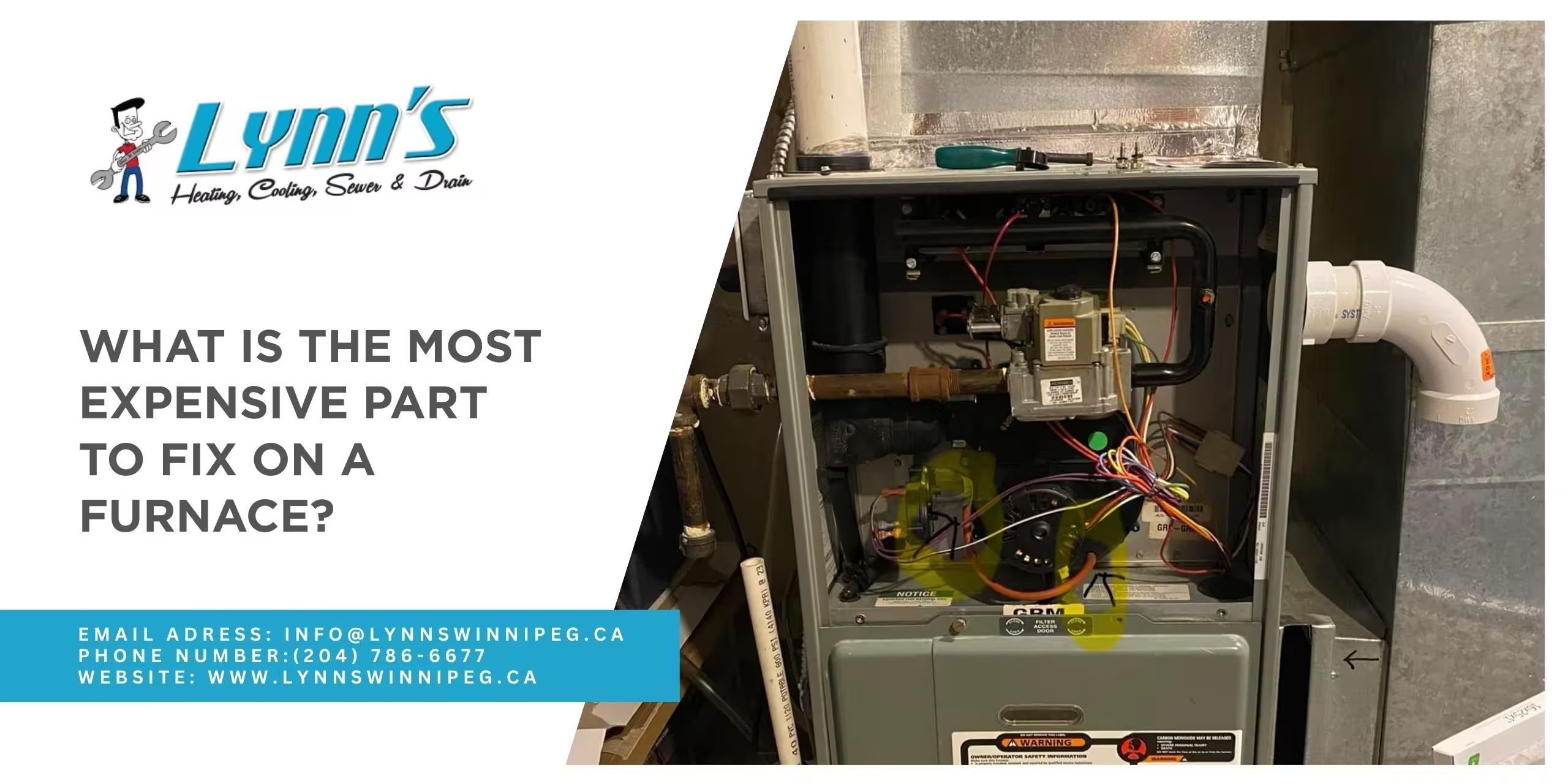When we think about plumbing, most people imagine toilets, faucets, or maybe a leaky tap. But behind the scenes, there’s a complex system working 24/7 to make sure your home has clean water and safe drainage. Among all the components that make up your plumbing system, one part stands above the rest in terms of importance: the pipe system.
In this post, we’ll explain why pipes are the backbone of every plumbing system and explore how other essential parts work together to keep things running smoothly.
Table of Contents
ToggleWhy the Pipe System Is So Important
The plumbing in your home is made up of two main functions: bringing clean water in and taking wastewater out. Your pipe system handles both, and without it, none of your plumbing fixtures—sinks, showers, toilets, or dishwashers—would work. That’s why reliable plumbing services are essential to keep everything running smoothly.
A well-designed and properly installed pipe network:
- Ensures clean water reaches your taps and appliances
- Carries wastewater safely to the sewer or septic system
- Maintains pressure for consistent flow
- Prevents leaks and water damage
- Supports long-term efficiency and home value
Pipes are like the veins of your home—essential, invisible, and incredibly important.
Clean Water Supply Lines: Delivering What You Need
Your water supply lines are responsible for bringing fresh, potable water into your home from a municipal source or private well. These pipes run through your walls, under your floors, and often go unnoticed—until something goes wrong.
To function properly, these pipes must:
- Be made of safe, durable materials like PEX, copper, or CPVC
- Maintain consistent pressure for showers, laundry, and other tasks
- Remain free from leaks, corrosion, or contamination
If your water supply lines are compromised, you could experience anything from poor water pressure to unsafe drinking water.

Drainage Pipes: The Unsung Heroes
While supply lines bring clean water in, drainage pipes remove wastewater from your sinks, showers, toilets, and appliances. This part of your plumbing system must work efficiently and be vented properly to avoid unpleasant smells, slow drains, or dangerous backups.
Drain pipes:
- Direct wastewater to the sewer or septic system
- Are sloped correctly to allow gravity to move water out
- Are vented to prevent suction and gurgling
- Must be sealed and leak-free to prevent property damage
Without properly functioning drain pipes, your home would face major health and hygiene risks.
Other Critical Components of a Healthy Plumbing System
While the pipe system is the heart of your plumbing, several other parts play essential supporting roles:
1. Plumbing Fixtures
These include faucets, toilets, showers, and appliances like dishwashers and washing machines. While they’re what you interact with every day, they depend entirely on the pipe system behind the walls to work correctly.
2. Valves and Shut-Offs
These components allow you to control water flow. Main shut-off valves, fixture shut-offs, and pressure-reducing valves give you the power to stop leaks quickly or adjust pressure if needed.
3. Vents
Vent pipes allow air into your drainage system, helping water flow smoothly and preventing sewer gases from entering your home. Improper venting can cause drains to gurgle, slow down, or emit foul odours.
4. Traps
P-traps and other curved pipe fittings under sinks and tubs hold water to block sewer gas from entering your home. If these dry out or get clogged, you’ll know it.
What Happens When Pipes Fail?
When pipes become damaged, clogged, corroded, or broken, the effects can be serious:
- Leaks can lead to water damage, mould growth, and increased utility bills
- Burst pipes (especially during Winnipeg winters) can cause major flooding
- Clogs in drain pipes can lead to sewer backups and property damage
- Corrosion can contaminate your water supply and weaken pipe structure
- Poor water pressure can make everyday tasks frustrating and inefficient
Regular inspections and timely repairs are the best way to avoid these costly problems.
How to Take Care of Your Plumbing Pipes
Since your pipes are mostly hidden behind walls and under floors, preventative maintenance is key:
- Avoid pouring grease, food scraps, or chemicals down drains
- Use drain screens to catch hair and debris
- Flush your drains with hot water weekly
- Insulate exposed pipes to prevent freezing
- Schedule professional plumbing inspections every 1–2 years
- Know where your main shut-off valve is in case of emergencies
Taking care of your pipe system means you’re taking care of your entire plumbing system.
Conclusion: Pipes Are the Heart of Your Plumbing
While fixtures and finishes might get all the attention, the most important part of any plumbing system is what you don’t see: the pipes. They connect everything together, delivering clean water and safely removing waste. Without them, your plumbing simply wouldn’t function.
Whether you’re building, renovating, or just maintaining your home, understanding the role of your pipes and how to care for them is essential for a safe, functional, and efficient plumbing system. That’s why many Winnipeg homeowners trust local experts like Lynn’s Plumbing, Heating & Cooling, who not only understand the importance of these systems but also bring decades of hands-on experience to every job.




